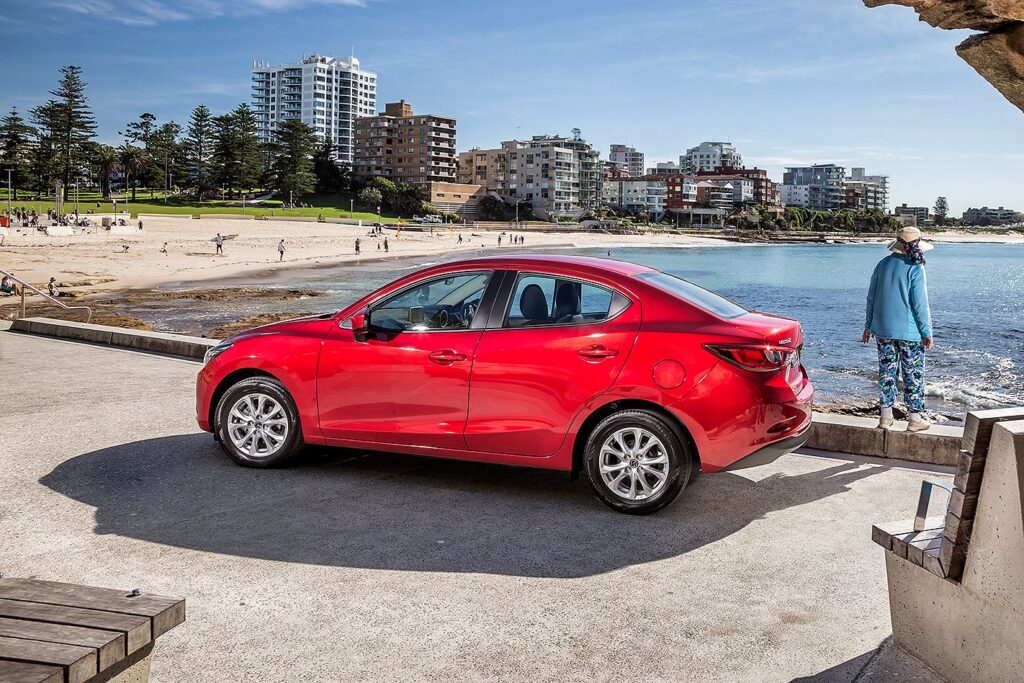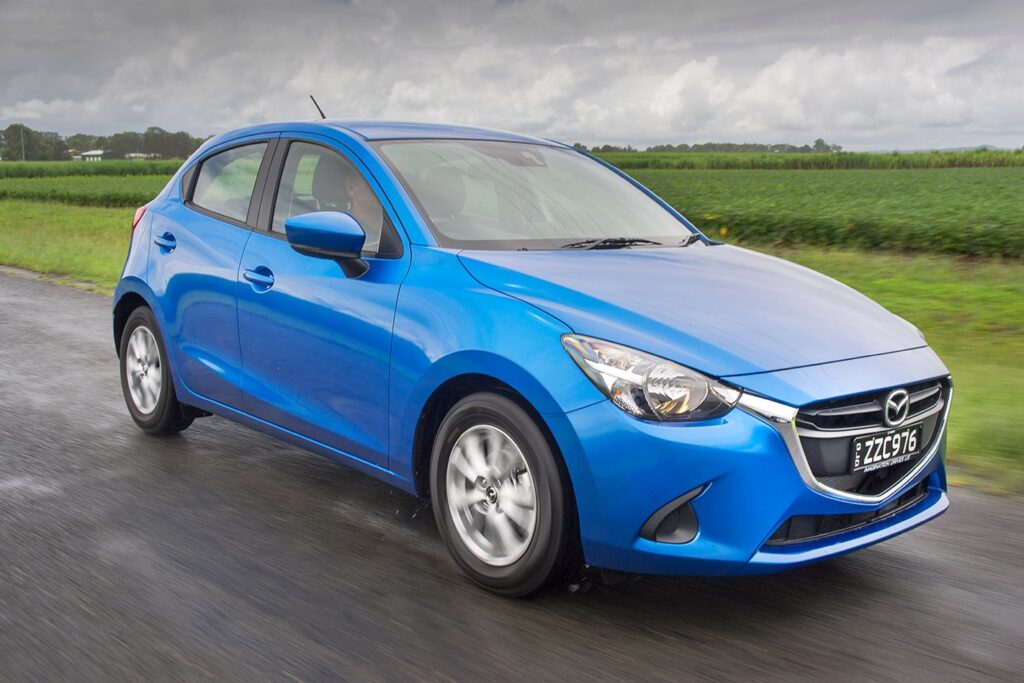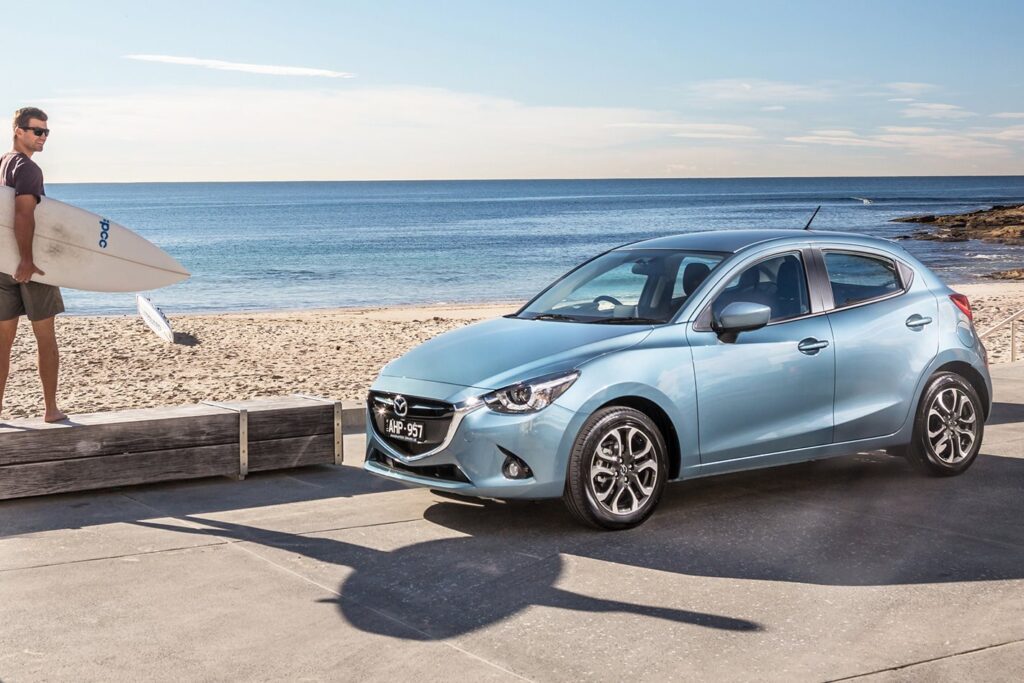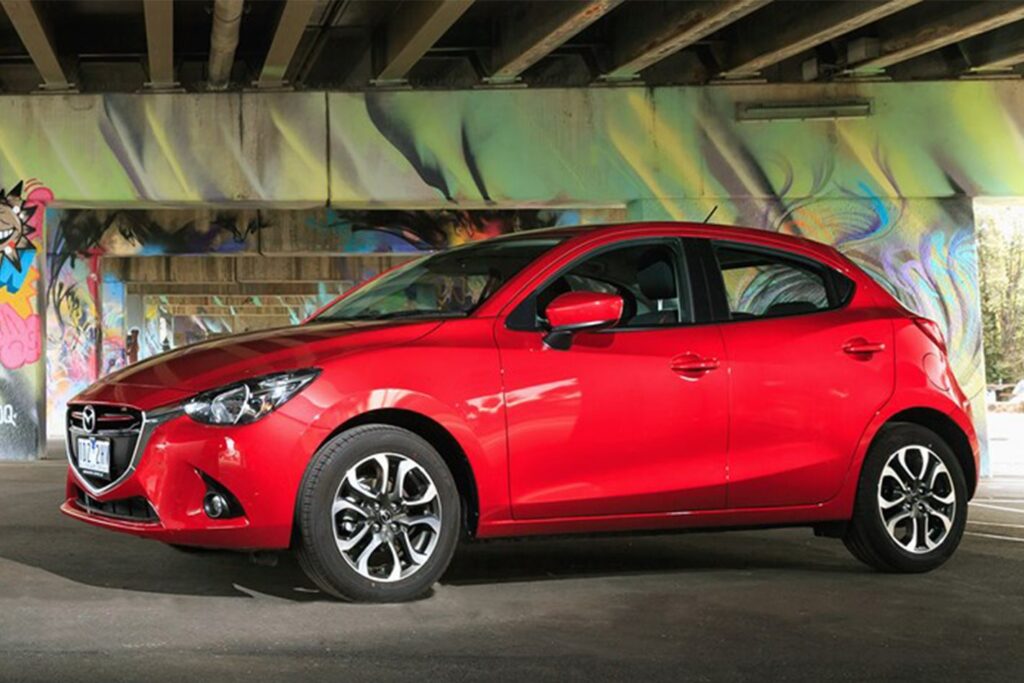Search Results for "make-mazda/model-2/variant-maxx/bodytype-hatchback"

Advice
Australia’s best-value cars: Light Cars $17,000 To $25,000
The light car segment is packed with competitive options, but which are the best value?

Advice
2017 Mazda 2: Which spec is best?
In new WhichCar series, we look at individual models and choose the variant that offers the best buy based on features, performance and value.

Advice
Mazda 2 buyers’ guide
All you need to know before wandering into a Mazda dealership.

Advice
Mazda 2 Maxx vs Hyundai Accent Active – Which Car Should I Buy?
Two keenly priced small hatches go head to head to see which is best for suburban use.